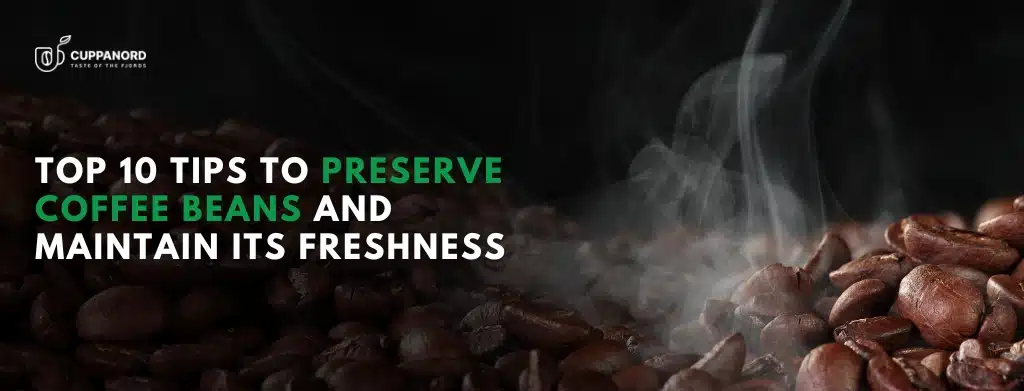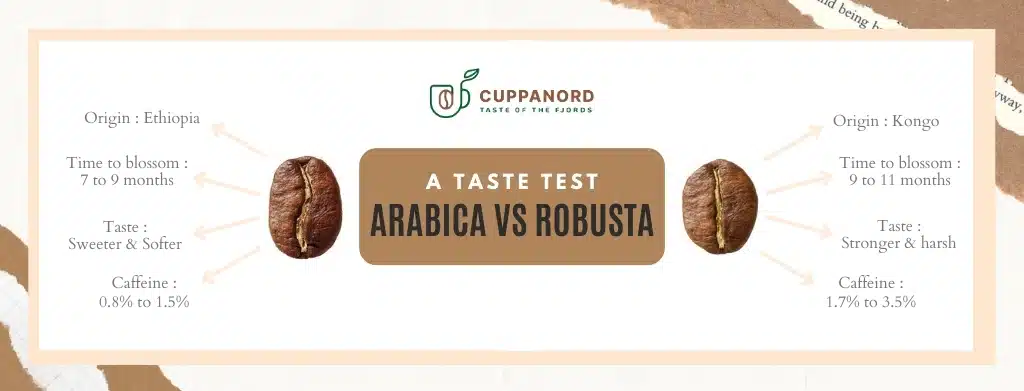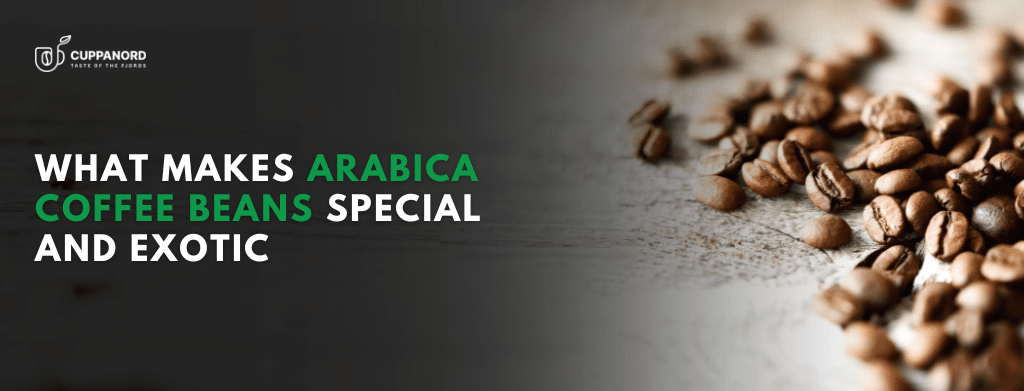1. Proper Storage Containers
Choosing the right storage container is essential in preserving the quality and freshness of coffee beans. The container must have an airtight seal as oxygen exposure can compromise the flavor of the beans. It is equally important to select a container made of materials like glass, ceramic, or stainless steel, as these materials won’t introduce any unwanted odours or flavours. Opting for an opaque container protects the coffee from light exposure, which can gradually deteriorate its quality and taste.
Additionally, incorporating a one-way valve in the container design allows gases from freshly roasted beans to escape while preventing the entry of air, thereby aiding in maintaining freshness. Proper container size is also crucial as it reduces air exposure and optimizes space utilization. In summary, combining an airtight seal with an opaque container is vital for extending the shelf life of coffee beans, resulting in a longer duration of optimal flavour and aroma
2. Away from Heat, Light, and Moisture
To keep your coffee beans fresh and flavorful, it’s important to store them away from heat, light, and moisture. When coffee beans are exposed to heat or direct sunlight, their quality and taste can suffer. So, find a cool and dark spot to store your coffee, as it helps preserve the wonderful aromatic compounds and prevents any flavour deterioration.
Moreover, it is crucial to protect the beans from excessive moisture. Moisture can create the perfect environment for mould growth, which can seriously damage the integrity of your precious coffee. To ensure your cup of coffee is consistently enjoyable, make sure you store your beans in a dry, cool, and dark environment.
3. Optimal Temperature for Storage
The best temperature for keeping coffee beans fresh and tasty is between 50°F to 70°F (10°C to 21°C). Sticking to this temperature range is important to maintain the flavour and quality of the coffee. It’s crucial to avoid temperature fluctuations as they can make the beans age faster. When there are extreme temperature changes, like going from hot to cold or vice versa, it can cause condensation inside the storage container. This moisture can harm the coffee beans. To ensure a superb coffee-drinking experience and extend the shelf life of your beans, it’s essential to store them in a cool and consistent environment. By avoiding sudden temperature shifts, your coffee will stay fresh for a longer time.
4. Whole Beans vs. Pre-Ground Coffee
Storing whole coffee beans instead of pre-ground coffee has advantages for flavour and quality. Benefits include:
Freshness: Whole beans hold freshness better. Grinding beans exposes them to oxygen, causing quicker oxidation and loss of flavour.
Aroma Preservation: Grinding releases aromatic compounds that vanish quickly. Keeping beans whole retains these oils and compounds.
Adjustable Grind Size: Various brewing techniques call for varying grind sizes. Whole beans allow you to grind to the specific coarseness or fineness for your brewing method, optimizing extraction and ensuring a well-balanced cup of coffee.
Reduced Surface Area Exposure: Grinding increases surface area, exposing coffee to oxygen which deteriorates flavor. Whole beans have less surface area in contact with air, slowing oxidation and maintaining flavour.
Extended Shelf Life: Compared to pre-ground coffee, whole beans have a longer shelf life. Ground coffee loses freshness and flavour faster due to air exposure. Storing whole beans in airtight containers in a cool, dark place preserves quality for longer.
5. Proper Grinding Techniques
Proper grinding techniques are essential to preserving the freshness and flavour of coffee beans. Here are some tips on grinding coffee just before brewing and the types of coffee grinders for optimal grinding consistency:
Grinding Before Brewing:
Use a Grinder: grinders are preferred over blade grinders for consistent grind size. Consistency is crucial for even extraction and a balanced cup of coffee.
Match Grind Size to Brew Method: Adjust the grind size for the chosen method. Different methods, like the French press, drip coffee maker, espresso, or pour-over, need specific grind sizes.
Grind Right Before Brewing: To preserve freshness and flavour, grind beans just before brewing. Ground coffee loses aromatic compounds and flavours more rapidly due to increased surface area exposure to air.
Measure Coffee and Water: Be precise with the coffee-to-water ratio. Measuring ensures consistency and desired strength and flavour in your brew.
Store Beans Properly: Keep whole coffee beans in an airtight container in a cool, dark place. Avoid light, heat, or moisture, as these can degrade the coffee.
6. Avoid Oxygen Exposure
Preserving the freshness and flavour of coffee is heavily dependent on reducing oxygen exposure to the coffee beans. Oxygen has the potential to cause oxidation, which can make the coffee go stale and lose its desirable qualities. To prevent this, here are some techniques to minimize contact with oxygen during storage:
Significance of Reducing Oxygen Exposure:
Retaining Freshness: Oxygen speeds up the degradation of coffee flavours. By minimizing exposure, you can preserve the aromatic compounds and essential oils that contribute to a cup of coffee that is both fresh and packed with flavour.
Preventing Oxidation: The organic compounds in coffee can react with oxygen, leading to oxidation. This chemical reaction alters the taste and aroma, resulting in a cup of coffee that is less enjoyable.
Extending Shelf Life: Shielding coffee beans from oxygen helps them stay fresh for a longer period. By properly storing your coffee using the right techniques, you can extend its shelf life and ensure a consistently satisfying coffee experience over time.
Here are some techniques to minimize oxygen exposure to coffee beans:
- Airtight Containers: Use vacuum-sealed containers with one-way valves to keep oxygen out while allowing gas release.
- Containers That Block Light: Opt for containers that are opaque or UV-protected to shield beans from light and prevent oxidation.
- Size-Appropriate Containers: Select containers that match your coffee consumption to reduce the amount of space and air contact.
- Split into Smaller Portions: If you buy coffee in bulk, divide it into airtight portions to limit exposure when opening the containers.
- Store in a Cool, Dark Place: Keep coffee away from heat in a cool and dark spot to slow down oxidation.
- Minimize Container Openings: Try to open the containers less frequently to reduce the intake of fresh air and prolonged oxygen exposure.
- Freshness Seals: Use packaging with one-way valves or freshness seals to ensure that the containers can be tightly sealed and remain airtight.
- Consider Freezing: For extended storage, freeze coffee in tightly sealed containers to protect it from moisture.
7. Roast Date and Freshness: Relevance of Roast Date
The coffee’s roast date holds immense significance when it comes to ensuring freshness. It simply tells us when the beans were roasted. Remember, coffee is truly at its best – vibrant and bursting with flavour – right after being roasted, with a delightful surge in aromatic compounds.
8. Suggested Timeframes for Coffee Consumption
To experience the utmost freshness, it is advisable to consume coffee within 2-4 weeks of its roast date. As time goes by, the flavours of coffee gradually diminish, so opting for fresher coffee generally ensures a superior experience.
9. Types of Coffee Grinders:
- Flat Grinders: Consistent grind size, 2 flat, parallel surfaces grind beans.
- Conical Grinders: Quieter, less messy, crush beans with a cone-shaped grinder.
- Blade Grinders: Less expensive, uneven grind, rotating blades chop beans.
- Manual Grinders: Operated by hand, compact, portable, good grind consistency.
- Electrical Grinders: Convenient & Efficient. Variations. Pref for consist.
- Grind Size Settings: Look for adjustable grinds. Customize the size for the brew method.
10. Regular Maintenance of Brewing Equipment
Regularly maintaining your brewing equipment is crucial if you want to enjoy a consistently delicious cup of coffee. Cleaning is especially important as it keeps your equipment in top-notch condition and prevents the accumulation of unwanted particles that can spoil the taste of your brew. Don’t forget to wash and sanitize all the different components like grinders, filters, and brewing vessels to get rid of any oils, residue, or impurities. It’s also a good idea to inspect and replace any worn or damaged parts to keep everything running smoothly. By making cleanliness and upkeep a priority, you can ensure that your brewing equipment always contributes positively to the wonderful flavours of your coffee.






